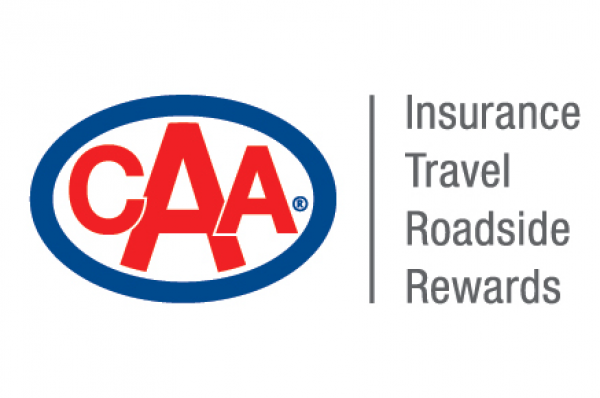WINNIPEG, MB, September 7, 2021 – After months of distance learning, many students will be excited to see their friends and classmates again as they return to the classroom. With higher traffic periods anticipated before and after school, CAA Manitoba (CAA MB) is urging all pedestrians and motorists to stay alert and take extra caution while travelling through school zones.
“Pedestrian safety begins with drivers,” said Heather Mack, manager of government and community relations at CAA MB. “When you’re behind the wheel, you have the responsibility to look out for everyone else around you, including parents, guardians and children.”
When COVID-19 public health orders were loosened in the province during August and September 2020, recent data reported by Manitoba Public Insurance revealed a spike in the number of fatalities and serious injuries in motor vehicle collisions. In comparison to the previous five-year average, the number of fatalities caused by distracted driving quadrupled while the number of fatalities due to not
wearing a seatbelt almost tripled. Additionally, instances of speeding also significantly increased. “CAA is reminding pedestrians, cyclists and motorists to be fully aware of their surroundings by slowing down and putting away all distractions,” said Mack. “Whether you are a parent or guardian driving, or a
child walking or wheeling to school, everyone plays a role in keeping school zones safe.”
CAA is encouraging motorists to remember these top five school zone safety tips:
1. Make eye contact with passing pedestrians and cyclists: With the excitement of going back to school, anticipate that children may not easily see or hear your moving vehicle. Use eye contact to ensure pedestrians are aware of you driving your vehicle.
2. Help reduce traffic with active school travel: Encourage your kids to walk or ride to school to ease traffic congestion. If your school is a further distance, CAA encourages parents and guardians to park a block away and walk to school, if possible, to reduce traffic and make school zones safer.
3. Slow down: Know the speed limit in your neighbourhood’s school zones and respect them. Ensure to give yourself plenty of time to drop off your kids at school to avoid rushing.
4. Follow the rules of the road near school buses: Always stop for the buses’ flashing lights and wait for children to get safely on or off. Stay alert and watch for children or parents/guardians crossing the road when the bus moves on.
5. Choose a safe spot to drop off and pick up your children from school: Follow your school’s rules and avoid double parking or stopping on crosswalks, dropping off or picking up your kids on the opposite side of the street, and stopping in moving traffic as kids rush out. Instead, use the designated drop off areas or consider a spot a bit farther away from school that is easily accessible and safe.
CAA supports safety in school zones through the CAA School Safety Patrol® program. The program was developed to protect, educate and empower elementary school children on safe road-crossing practices.





